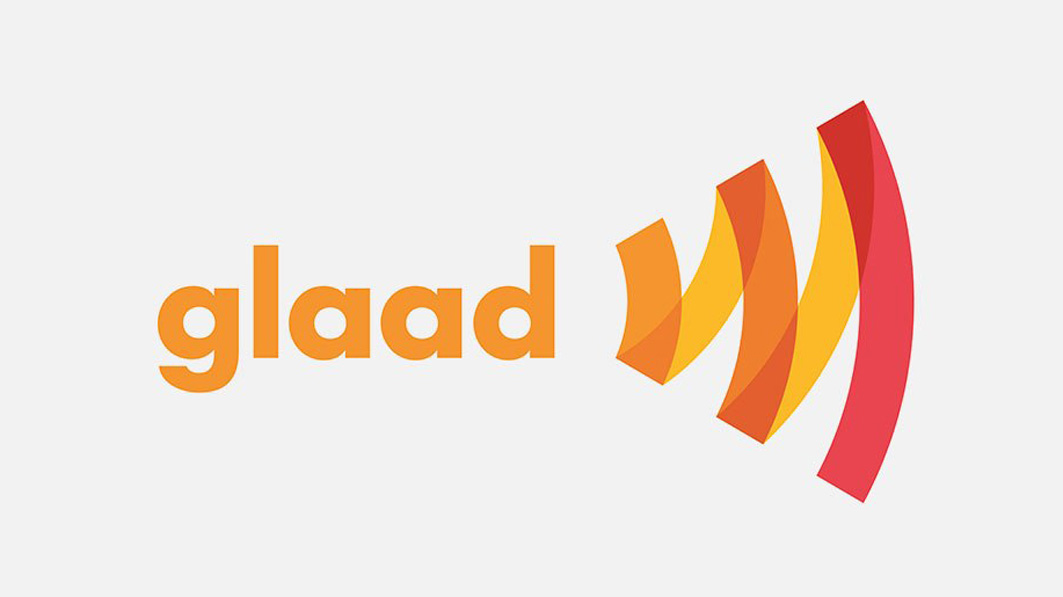Every year, GLAAD, the pro-LGBT advocacy group, gives the entertainment industry a report card, Where We Are on TV. It’s a way to continually pressure Hollywood about increasing LGBT-identified characters on various television shows. Sadly, it’s working. This year the report proudly stated that the number of LGBT-identified regular characters has reached 10%. GLAAD says that it wants 20% representation by 2025, which the organization will likely achieve.
It wasn’t too long ago that GLAAD itself was failing. The advocacy group was in dire financial and organizational straights in 2008 due to a series of “bruising media campaigns.” In fact, the organization almost folded. Sarah Kate Ellis, the current president and CEO, said in an interview with Variety that she was “hired to either turn GLAAD around or to shut it down.” Unfortunately, she turned it around.
GLAAD is now thriving and has been able to successfully infiltrate and put pressure on networks and producers in Hollywood to include more LGBT-identified characters and storylines in their projects, including those aimed at children. With 10.2% representation, GLAAD has exceeded the goal that it put to the industry last year. But parents should be aware that as the streaming wars between Netflix, Apple, Disney and others heat up, there will likely be more and more LGBT characters infiltrating small screens across the country.
The networks with the largest portion (44%) of LGBT characters include Showtime, FX and Freeform, which is a channel owned by Walt Disney Television, previously called ABC Family, and geared towards young women. Showtime will also be relaunching its series The L Word: Generation Q next month.
According to the report, 14% of all LGBT representation happens under the direction of producers Greg Berlanti (Love, Simon, Riverdale, Chilling Adventures of Sabrina), Lena Waithe (Transparent, Dear White People), Ryan Murphy (Glee, American Horror Story, 9-1-1) and Shonda Rhimes (Scandal, Grey’s Anatomy, How to Get Away With Murder). While some of these titles may be familiar to you and others not so much, there’s something critical to know. The two biggest names, Ryan Murphy and Shonda Rhimes, have both signed exclusive deals with Netflix for $300 million and $100 million, respectively.
It’s another sign that streaming platforms are going to keep increasing the number of LGBT regular and reoccurring characters, and the content will likely become more explicit.
GLAAD reports that Netflix already has the “highest number of LGBTQ regular and recurring characters on their scripted originals” with a count of 121, which is an increase of 33 from the previous year. Netflix also has animated series for children and families that are considered LGBT inclusive, She-Ra and the Princesses of Power and Twelve Forever. Murphy and Rhimes will both likely continue this trend for years to come.
Netflix is not the only streaming service with LGBT characters. Hulu also has an animated series that premiered earlier this year called The Bravest Knight. The show features a same-sex couple, a knight and a prince, who are married and have adopted a daughter together.
There will also be more streaming services joining the ranks this year, including: Apple TV+, BET+, CBS All Access, DC Universe, Disney+, Facebook Watch, HBO Max, Peacock (NBC), Quibi, YouTube Premium and others. Disney is perhaps the most problematic, with multiple series that will likely contain LGBT content, including new Marvel properties and a new High School Musical: The Musical: The Series. For those that remember, the High School Musical movie series on Disney Channel was wildly successful about 15 years ago. There’s also Apple TV+ new series about Emily Dickinson, called Dickinson, which explores the author’s alleged identity as a queer woman.
This LGBT campaign for the hearts and minds of young Americans shows no sign of stopping. As Sarah Kate Ellis, President and CEO of GLAAD, wrote for her introductory letter in the report, “The Public Religion Research Institute found that less than one-quarter of Americans have a close friend or family member who is transgender – and so the overwhelming majority of Americans learn about trans people from what they see in television, movies, and news.”
LGBT activists know that the more they control the media and messaging, the better they can influence the culture. Unfortunately, the ability of parental controls to limit LGBT content will likely not have much effect, and the growth of streaming platforms, with limited censorship, will result in even more explicit LGBT content.
The question is, do you know what your kids are watching?






